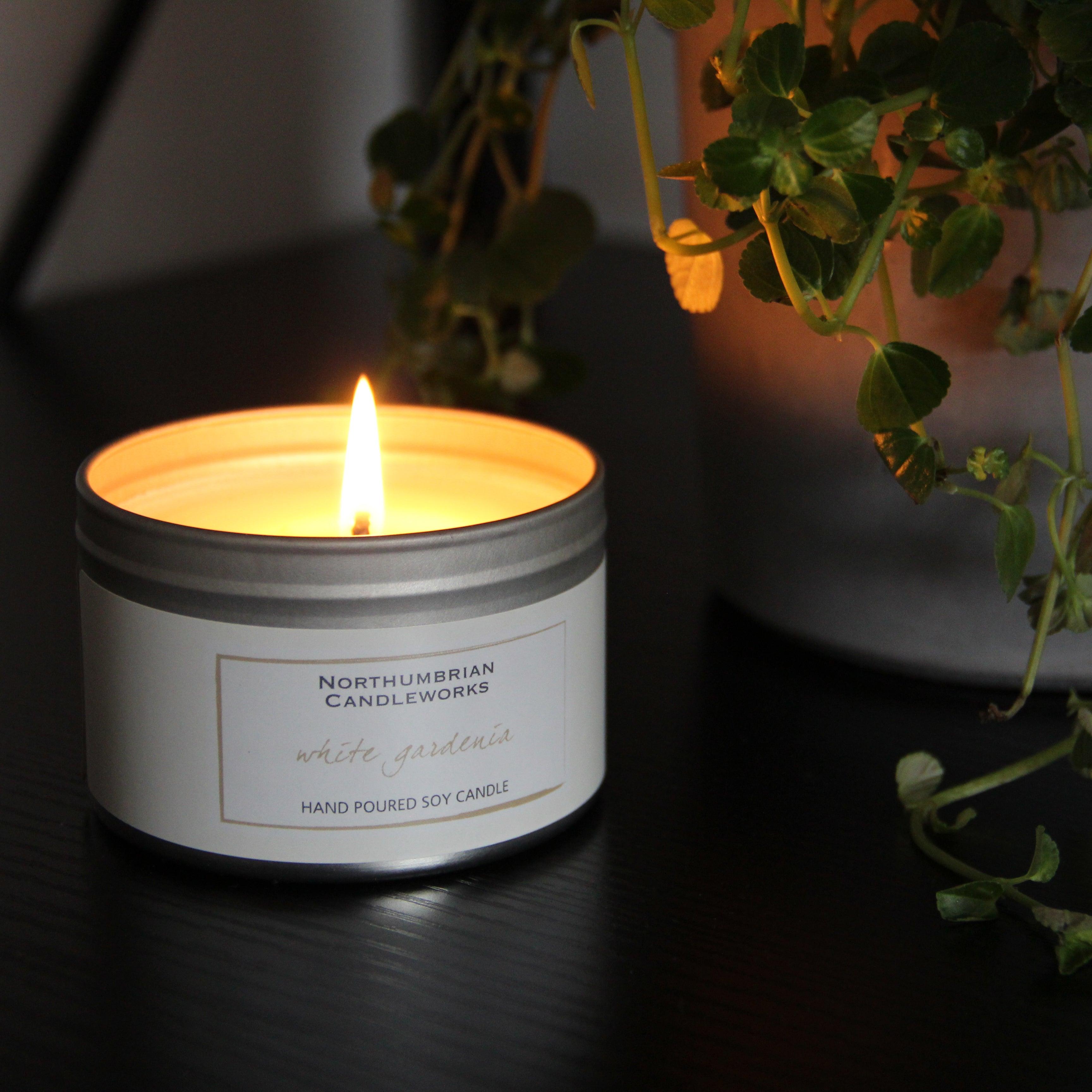Brighten Your Setting with Crystal Soy Candles and Home Fragrance
Brighten Your Setting with Crystal Soy Candles and Home Fragrance
Blog Article
From Wick to Wax: Understanding the Chemistry Behind Soy Wax Candles and Their Environmental Impact
As we illuminate our spaces with the warm glow of candles, there exists a world of complex chemistry behind the relatively basic act of lighting a soy wax candle. The option in between soy and paraffin wax extends beyond simple visual appeals, diving into the realm of environmental influence and the extremely composition of the products. Comprehending the molecular structure of soy wax and its burning process clarifies the emissions released right into our environments. Join us as we unravel the clinical complexities behind soy wax candle lights and discover their effects on our environment.
Soy Wax Vs. Paraffin Wax
When contrasting soy wax and paraffin wax for candle light making, it is vital to recognize the distinct attributes and advantages of each product. Soy wax is an all-natural, renewable resource stemmed from soybean oil, making it eco-friendly and environment-friendly - soy candles. On the other hand, paraffin wax is a result of oil refining, which increases concerns about its environmental impact and sustainability
Soy wax candle lights shed cleaner and give off much less soot compared to paraffin wax candle lights, making them a healthier choice for indoor air quality. In addition, soy wax has a lower melting point, enabling for a longer-lasting candle that disperses fragrance much more successfully. Paraffin wax, on the various other hand, has a tendency to burn faster and less cleanly, possibly releasing harmful chemicals into the air.
From a sustainability viewpoint, soy wax is preferred for its biodegradability and sustainable sourcing, straightening with the expanding consumer preference for eco aware items. While paraffin wax has been a typical selection in candle light making due to its affordability and convenience of use, the shift towards environmentally friendly alternatives like soy wax is gaining energy in the sector.
Chemical Composition of Soy Wax

Combustion Process in Soy Candles
The chemical structure of soy wax directly affects the combustion process in soy candle lights, influencing factors such as shed time, scent release, and environmental effect. When a soy candle is lit, the heat from the flame thaws the wax near the wick. This liquid wax is then formulated the wick due to capillary action. As the liquid wax gets to the fire, it undergoes and vaporizes combustion. The burning procedure entails the vaporized hydrocarbons in the wax reacting with oxygen in the air to produce heat, light, water vapor, and co2.
The burning performance of soy candle lights is influenced by the purity of the soy wax and the quality of the wick. In addition, soy wax candles have a lower environmental effect contrasted to paraffin candles due official site to their naturally degradable and renewable nature.

Environmental Benefits of Soy Wax

Thought about a lasting option to typical paraffin wax, soy wax provides significant environmental advantages that make it a popular option amongst eco-conscious consumers. Soy wax burns cleaner and creates here are the findings less residue than paraffin wax, adding to better interior air quality and reducing the requirement for cleansing and upkeep. Generally, the ecological benefits of soy wax straighten with the expanding need for eco-friendly and sustainable products in the market.
Recycling and Disposal Factors To Consider
Recycling and correct disposal of soy wax candle lights play a crucial duty in preserving ecological sustainability and minimizing waste in families and neighborhoods. When it comes to reusing soy wax candles, the very first action is to make sure that the candle light has actually burned completely.

In regards to disposal, if recycling Visit This Link is not an alternative, soy wax candle lights are eco-friendly and can be safely taken care of in the majority of household waste systems. It is always recommended to examine with neighborhood reusing facilities or waste management solutions for details standards on candle disposal to ensure appropriate handling and environmental protection.
Final Thought
In final thought, the chemistry behind soy wax candle lights exposes their ecological advantages over paraffin wax candles. Soy wax, stemmed from soybean oil, burns cleaner and generates less residue when contrasted to paraffin wax. The burning process in soy candle lights is much more efficient, bring about a much longer and much more also shed. In addition, soy wax is renewable and eco-friendly, making it a more lasting selection for candle manufacturing. Recycling and correct disposal of soy wax candles additionally add to their ecological effect.
When comparing soy wax and paraffin wax for candle production, it is necessary to understand the distinctive characteristics and benefits of each material (home fragrance).Soy wax candles shed cleaner and emit less soot contrasted to paraffin wax candles, making them a much healthier selection for interior air high quality.Considered a lasting choice to traditional paraffin wax, soy wax offers significant environmental advantages that make it a preferred selection amongst eco-conscious customers. Soy wax burns cleaner and creates much less residue than paraffin wax, adding to far better interior air top quality and minimizing the demand for cleansing and upkeep.In final thought, the chemistry behind soy wax candle lights reveals their environmental advantages over paraffin wax candles
Report this page